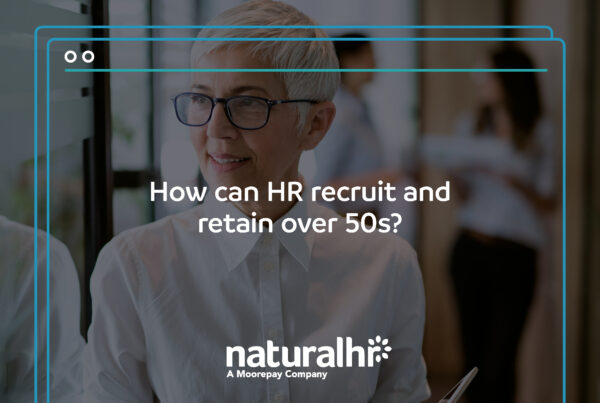
Over the past few years, one of the biggest challenges facing HR teams has been addressing the unconscious bias that can be presented against possible new employees.
As a result, the HR sector has developed several new recruitment methods to combat this workplace trait. One such method is called blind recruitment, but what exactly is it?
Blind recruitment introduces changes to the entire recruitment process, from writing the job description to conducting first-stage interviews and onboarding. Its implementation into the recruitment process will help minimise a range of biases, some that you may not even be aware of, ranging from gender, and religion, to socioeconomic background and sexuality.
Is there bias in recruitment?
In the past few years, there have been several studies that have shown that bias and discrimination are active within the world of employment in the UK:
- Just a third (32%) of HR managers felt confident that they are not prejudiced when hiring new staff.
- In the same survey, 48% of HR staff admitted that bias affects their candidate choice, while 20% said they couldn’t be sure if bias affected their decisions.
- Even back in 2009, a UK report found that employers were much more likely to offer interviews to candidates with ‘white-sounding’ names than those with ‘non-white-sounding’ ones.
- Disabled candidates have to apply for 60% more vacancies than non-disabled candidates before securing a job.
The limits of blind recruitment
It’s important to note that blind recruitment is not the be-all-and-end-all solution to removing bias within the recruitment process. Still, it offers another valuable tool in the recruitment process that your HR and diversity teams can rely on to support wider-company improvement in removing bias.
Blind recruitment can help improve the diversity of the candidates that get past the initial screening process, that being before there is any physical face-to-face (or in 2021 screen-to-screen) interaction. However, your teams could still display bias during face-to-face interview stages or even during the onboarding stage of their recruitment process.
Blind recruitment best practices
The blind recruitment process begins when your organisation decides to hire a new worker, and through utilising these six steps, you’ll be equipped to ensure there is a minimum amount of bias in your process.
1. Make sure your job descriptions are inclusive:
At the start of your recruitment journey, you need to make sure that any job description actively encourages a wide range of diverse candidates to apply.
Avoid using gender or other biases within your job descriptions. So, instead of saying “He/She” will know how to use Microsoft Office, more generic language, like “The ideal candidate will know how to use Microsoft Office”, will help reduce the bias for the position.
2. Be clear on what information will be blind:
You’ll then want to decide what data, such as name, address, photos, and age, that you can go without and remove this from any hiring data at this stage in the process.
Look beyond what is typical. Identify information unique to your application process that could drive unnecessary bias during your hiring process. Think back to the earlier statistics, which explored how candidates with white-sounding names over those with non-white-sounding ones got interview offers to understand the importance of this stage.
3. Ignore their educational history:
Many specific roles do require a degree, and so you can still ask for information like, “Do you have a relevant degree?” for a particular position, but to remove the bias, you could simply make it a tick-box, asking if they have the relevant degree for the role and then covering up any institute names or dates.
Why is this important? Going to a top red-brick university in the UK might seem like a candidate win, but that does not automatically mean that the candidate will be great at their job. The bias comes into play because you could easily be overlooking a candidate who went to a university or institute that you have unknown bias against.
4. Ignore social media – before making an offer:
You don’t have to remove social media screening altogether from your hiring process, as it’s an important step, but to minimise bias, you should move this stage further along in the recruitment process to after the first round of interviews.
While some information on social media might create unconscious bias, moving the stage along ensures you’ve gotten to know each candidate’s skills without prejudice and allows you to eliminate a candidate from the running if their social media presence does not align with the company values.
5. Conducting a multi-staged interview? Make stage 1 anonymous:
Even in the world of remote working, sooner or later, you’ll meet with a condensed list of potential candidates, but a recent development in recruitment has seen companies introduce the anonymising of the initial interview stage so that companies can minimise the risk of initial bias.
Several companies are now implementing pre-interview Q&As to screen possible candidates to minimise human bias from that stage of the interview process.
6. Make sure you’re investing in diversity training for your team:
Education is the best form of prevention, and ensuring your team is educated on unconscious bias and the impacts it can have can help remove bias not just from the entire recruitment process but also through other potential areas within the business.





